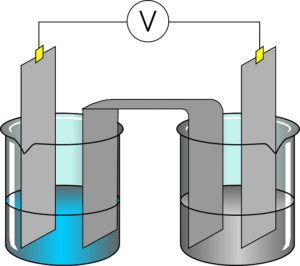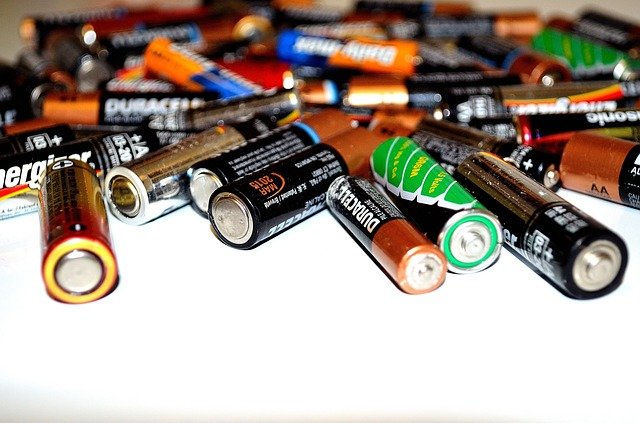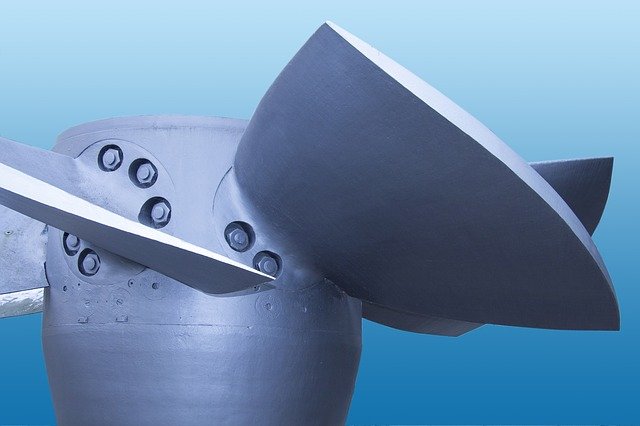The energy produced on the mobility of the charges or during the chemical reactions is called chemical energy.
The mobility of the charged ions constituting in the chemical components produces electrical energy which is acquired by various means. Even the mechanical flow of fluids is responsible to obtain electrical energy, thus converting chemical energy to electrical energy.
What is a Chemical Energy to Electrical Energy?
The chemical energy can be converted into electrical energy when there is a dissociation of the ions.
The splitting of the molecules from the colony of the molecules bonded together releases chemical energy. This agility in the molecules produces electrical energy.
Since the chemical components are made up of two ions, that is cation and anion, having different charges that are the oxidation state; the ions interact with another ion to fill the outer shell and become the most stable particle in nature. Also, when a sufficient amount of energy is supplied to the chemical components there is a tendency of breaking these bonds formed and releasing a huge amount of chemical energy which can be transformed into some other form of energy.
Read more on 10+ Example of Chemical Energy to Electrical Energy: Detailed Explanations.
What Process is Chemical Energy to Electrical Energy?
The potential chemical energy is stored by the molecules forming bonds.
When enough energy is supplied to these molecular bonds to break, this chemical energy is released in the form of heat called an exothermic reaction which is converted into electrical energy.
There is an interchange of ions in solutions that releases chemical energy. The mobility of ions upon interchanges results in the formation of the flow of electric current through the wire.
Read more on 10+ Example Of Electrical Energy To Chemical Energy: Detailed Explanations.
How to Convert Chemical Energy to Electrical Energy?
The chemical energy can also be converted into some other form of energy and later can be transformed into electrical energy.
The chemical energy can either be grasped from the excitation of the electrons or the breaking and formation of the bonds between the reactants.
Read more on 12+ Example Of Chemical Energy To Light Energy: Detailed Explanations.
We will discuss some processes that help to convert chemical energy into electrical energy here below.
Chemical cells
The chemical cell converts the chemical energy to electrical energy. There are two electrodes placed in the acidic or basic chemical components or solution. Out of which, one electrode will act as anode another will act as a cathode.

Image Credit: Pixabay
When the cell is connected, there will be a mobility of the negatively and positively charged particles supplying the chemical energy transforming into the electrical energy to the electronic devices. In these cells, there is both, oxidation as well as reduction reaction. Examples of chemical cells are zinc-carbon cells, mercury batteries, alkaline batteries, nickel-cadmium cells, lithium-ion cells, etc.
Read more on 16+ Example of chemical to mechanical energy: detailed explanations.
Combustion of Fuels
During the combustion process, an amount of heat energy is produced that supplies power for the engine to work, or for any other process. Fuel cells have wide applications and are even used in aircraft.

The combustion of fuel is accompanied by the redox reaction; which means there is oxidization as well as the reduction chemical reaction that results in the production of electrical energy.
Read more on 16+ Example Of Mechanical Energy To Chemical Energy: Detailed Explanations.
Batteries
Batteries used in torches, computers, toys, camera cells, are actually made up of chemical cells which convert the chemical energy from the batteries to the electrical energy required for the devices to work well.

Read more on 14+ Example of chemical energy to kinetic energy: detailed explanations.
Flow of Water
The water bodies are a store of potential chemical energy. The flowing water associated with the mechanical energy carries always the minerals and debris along with the flow.

This chemical potential energy of the water transformed into mechanical energy is utilized to convert it into electrical energy by planting a turbine in such a way that the flow of water will result in the rotation of the turbine. This mechanical energy of the turbine is converted into electrical energy by the generator.
Read more on 15+ Example of Kinetic to electrical energy: Detailed explanations.
Potatoes
Potatoes are rich in potassium. If we poke two electrodes of zinc and copper in it and connect a wire across it then you will notice that a bulb connected across the wire will glow.
This is due to the fact that chlorogenic acid present in the potatoes actually undergoes chemical reactions with two electrodes poked in the skin of the potato. If we connect potatoes in series, even more amount of electric energy can be generated.
Read more on 15+ Example of Electrical Energy To Kinetic Energy: Detailed Explanations.
Nervous System
We know that the nervous system help in transmitting the messages in all the parts of our body to the brain and then our brain reacts accordingly. The nervous system actually sends the electric signals to the brain because our body constitutes certain elements that can generate electric signals. The abundantly available element among this is calcium in our body. We get this chemical potential energy from the food that we eat.
Read more on 14+ Example of Electrical Energy To Radiant Energy: Detailed Explanations.
Frequently Asked Questions
How galvanic cellsare used to convert chemical energy into electrical energy?
The galvanic cells are composed of two metal electrodes forming anode and cathode.
Two rods are dipped in two different salts separated by a salt bridge. These rods are connected by a wire. There is a redox reaction taking place at both the rods thus producing the electric current.
How electrolysis of the water process produces electrical energy?
On supplying power to the electrodes connected together with a wire, there is a dissociation of charged ions in the water.
The cation will deposit at the cathode and the anion will deposit at the anode. The electron released from the cathode will be accepted by cations and the anode will receive the electron from the anion.
Also Read:
- Light energy examples
- Example of radiant energy to chemical energy
- Example of mechanical to electrical energy
- Example of mechanical to kinetic energy
- Example of chemical energy to kinetic energy
- Energy level and bohr model of hydrogen
- Can electric potential energy be negative
- Can potential energy be negative
- Is potential energy stored energy
- Wind energy formula
Hi, I’m Akshita Mapari. I have done M.Sc. in Physics. I have worked on projects like Numerical modeling of winds and waves during cyclone, Physics of toys and mechanized thrill machines in amusement park based on Classical Mechanics. I have pursued a course on Arduino and have accomplished some mini projects on Arduino UNO. I always like to explore new zones in the field of science. I personally believe that learning is more enthusiastic when learnt with creativity. Apart from this, I like to read, travel, strumming on guitar, identifying rocks and strata, photography and playing chess.